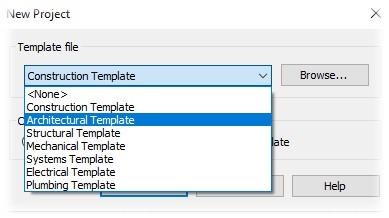


It hosts an impressive range of functionalities – hidden and apparent, to optimize design engineering. Revit’s standard template was created with many disciplines in mind. By following these 7 simple steps, you can set up a custom Revit design template, adaptable to any type of project, improving team productivity by leaps and bounds. ħ Steps to a Professional Revit Design TemplateĮven some of the most accomplished construction designers are unaware of the awesome potential a custom Revit design template brings to the table. Custom templates are a great way to adhere to standards and regulations imposed at a state and country levels, maintaining quality and consistency throughout the Revit design.By making use of naming conventions, custom Revit design templates can help designers immediately identify out of place elements and the level or view they should be working in.Custom templates also address this issue. Converting these type to one or the other during project implementation is very time consuming and confusing.

Imperial or metric? Depending on who the BIM service provider is working for, unit types can become a major hassle to deal with.Custom Revit design templates can help bridge the gap between these parties, providing a clearly defined environment to work in. As a multi-disciplinary practice, BIM integration involves various parties collaborating and working in unison.Custom templates go a step further, adding incredible potential to these already sturdy starting points. But regardless of which method is employed, very rarely will a designer, engineer and other relevant parties start from scratch – instead opting for a template. Revit designs can be approached in near innumerable ways. While this tried and tested approach has been a staple for AEC and MEP experts, recent years have seen them turn to custom Revit design templates, the advantages of which can be extraordinary when properly implemented.

BIM service providers working on a Revit design will usually start with a standard template, then modify elements and families as required. The modern successor of AutoCAD, Revit is an extremely diverse software capable of high potency BIM implementations.


 0 kommentar(er)
0 kommentar(er)
